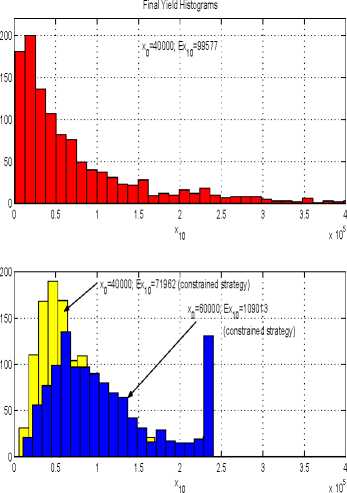Fig. 20. Yield location and spread measures.
To quantify a risk level associated with this policy,
two popular risk measures, Valuc-at-Risk (VaR)
and Conditional Valuc-at-Risk15 (CVaR) can be
approximately calculated from the histogram. The
/J-VaR of a portfolio is the lowest- amount- a such
that, with probability β the loss will not- exceed
α; here
.9-VaR ≈ 30,000.
The /J-CVaR is the conditional expectation of
losses above the amount- α; here
.9-CVa-R. ≈ 34,000.
These measures disqualify the policy of maximis-
ing the expected yield as a fund manager’s ob-
jective function. No manager would accept- such a
high risk in controlling a pension fund.
A different- strategy has to be considered. Sup-
pose that the manager will use a “constrained”
strategy: t⅛ιt = .5, U∙2,t = .02.τf (i.c., non optimal
with respect- to the expected value criterion). Wc
can see from Figure 21 (lower panel) that, for
the same initial outlay .τo = $40,000, the yield
distribution (represented by the light- histogram)
is more concentrated and less skewed than the
unconstrained one (upper panel). The mean for
this portfolio is $84,100 (mcdian=58,710) and the
standard deviation diminishes to $45,563 from
$168,000 for the unconstrained policy. The dark
histogram represents the final fund’s yield dis-
tribution for the constrained strategy applied to
.τo = 60,000. In this ease, the mean value is

Fig. 21. Fund yield spread.
$109,013 (mcdian=93,000) and the standard de-
viation $63,322. Overall, the risk of performing
worse than investing in the secure asset- alone is
much less under a constrained strategy. The risk
of scoring less than .τ0 is, for .τ0 = 40,000
.9-VaR ≈ 13,000 and .9-CVaR ≈ 17,000;
whereas for .τ0 = 60,000,
.9-VaR ≈ 21,000 and .9-CVaR ≈ 30,000.
Suppose now that the fund manager would like to
advertise their pension fund as paying an amount
Xτ for an initial outlay .tq∙16 It is clear from
the histograms in Figure 21 that an expected
value maximisation policy (constrained or not)
cannot- be used for this purpose. Instead, we will
examine the policy determined as a solution to
the stochastic optimal control problem with the
objective function given as
J(0,.τ(0)ρu) =IE ^7r(.ττ)∣ .τ(0) = .τo^ (37)
where
1 ( x ʃ (∙'fτ -⅛)5 if xτ > xτ■ ∕o8∖
This criterion reflects the manager’s wish to dis-
pose of sufficient- funds to meet- the target- xτ∙ At
the same time, it- docs not- prompt- the manager to
accumulate (much) more than needed.
15Soo [1] for a static portfolio analysis based on VaR and
CλraR.
10In other words, the manager will sell a ten year “bond7’
Sio fɑɪ' -ro-
ll
More intriguing information
1. The name is absent2. Opciones de política económica en el Perú 2011-2015
3. The name is absent
4. Evolution of cognitive function via redeployment of brain areas
5. On s-additive robust representation of convex risk measures for unbounded financial positions in the presence of uncertainty about the market model
6. Human Development and Regional Disparities in Iran:A Policy Model
7. Economic Evaluation of Positron Emission Tomography (PET) in Non Small Cell Lung Cancer (NSCLC), CHERE Working Paper 2007/6
8. The name is absent
9. Implementation of a 3GPP LTE Turbo Decoder Accelerator on GPU
10. The name is absent